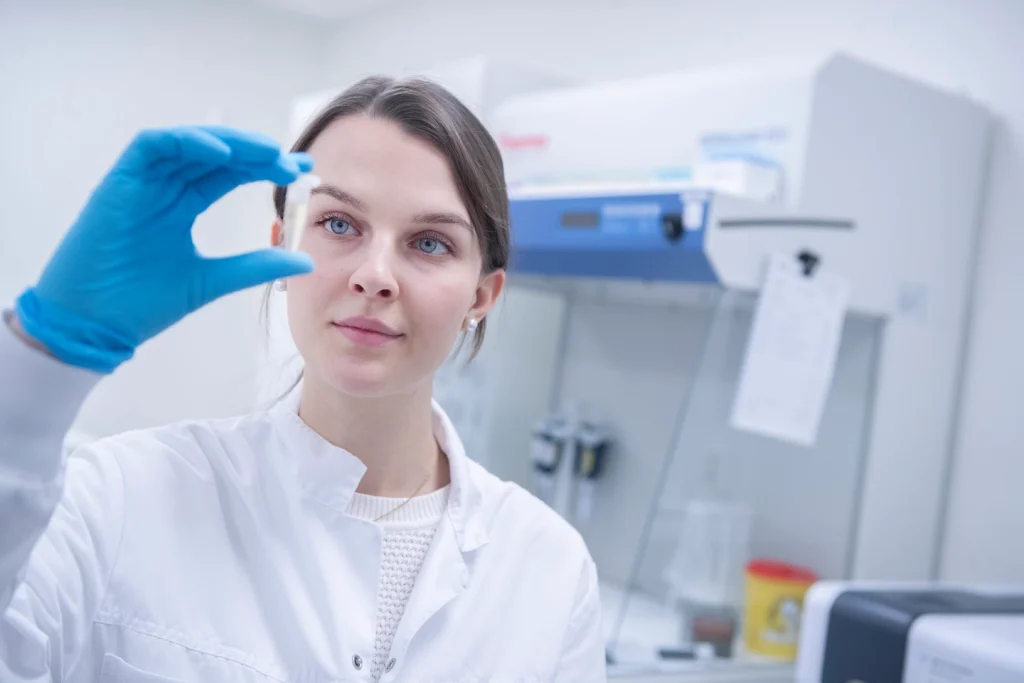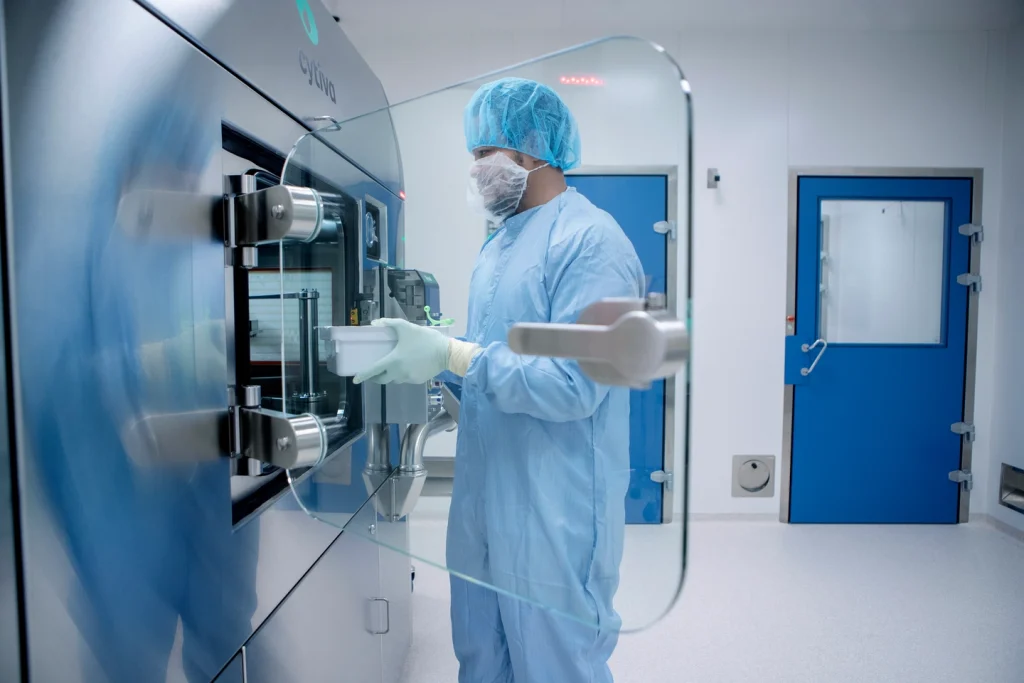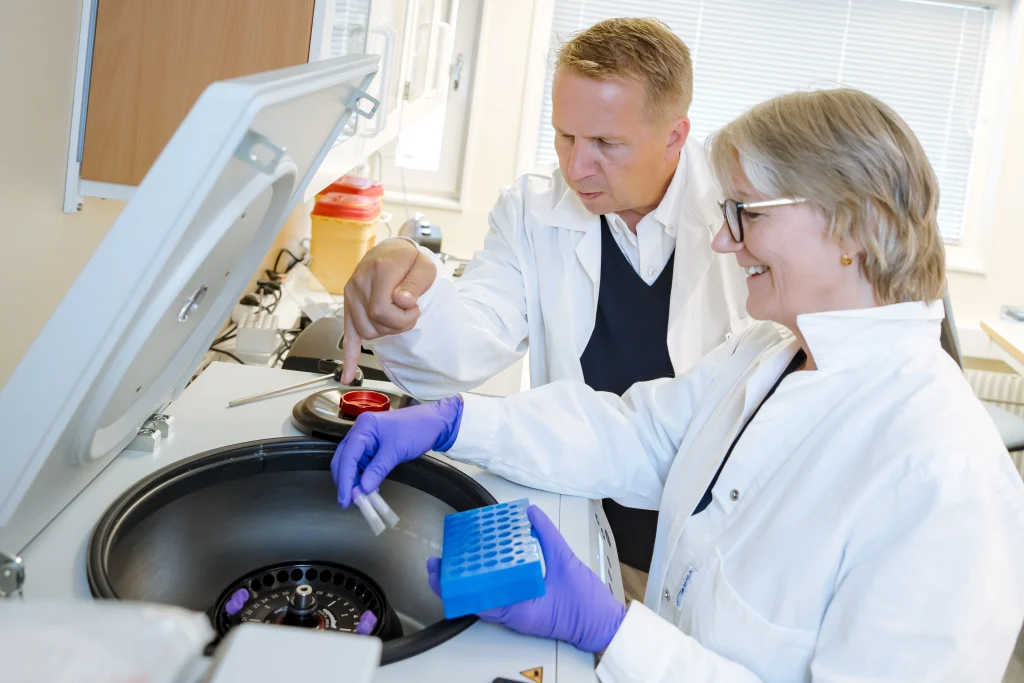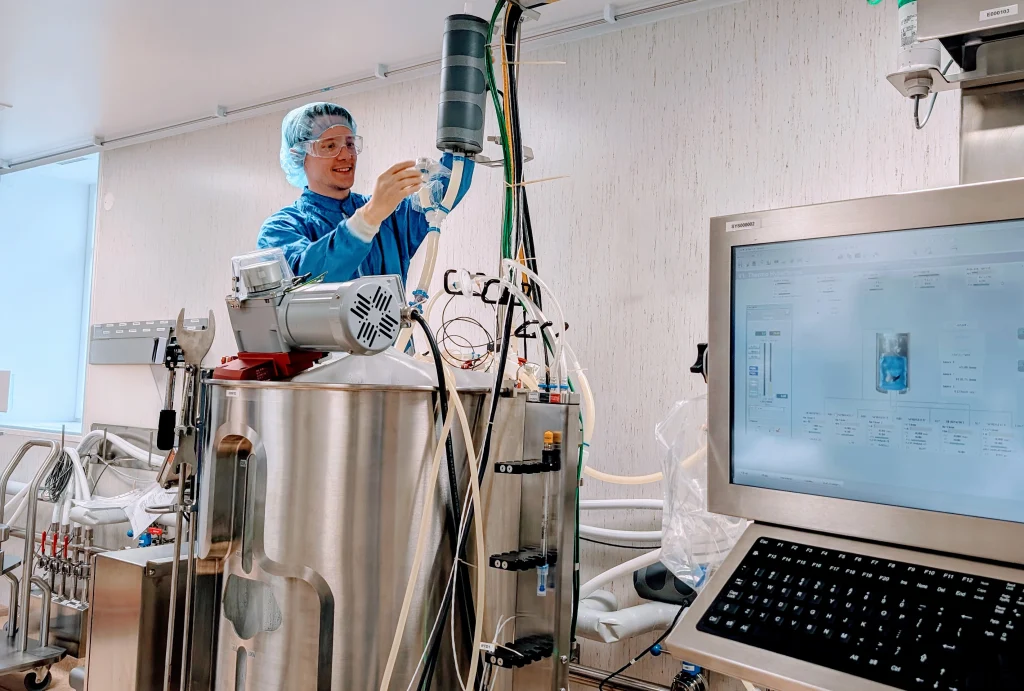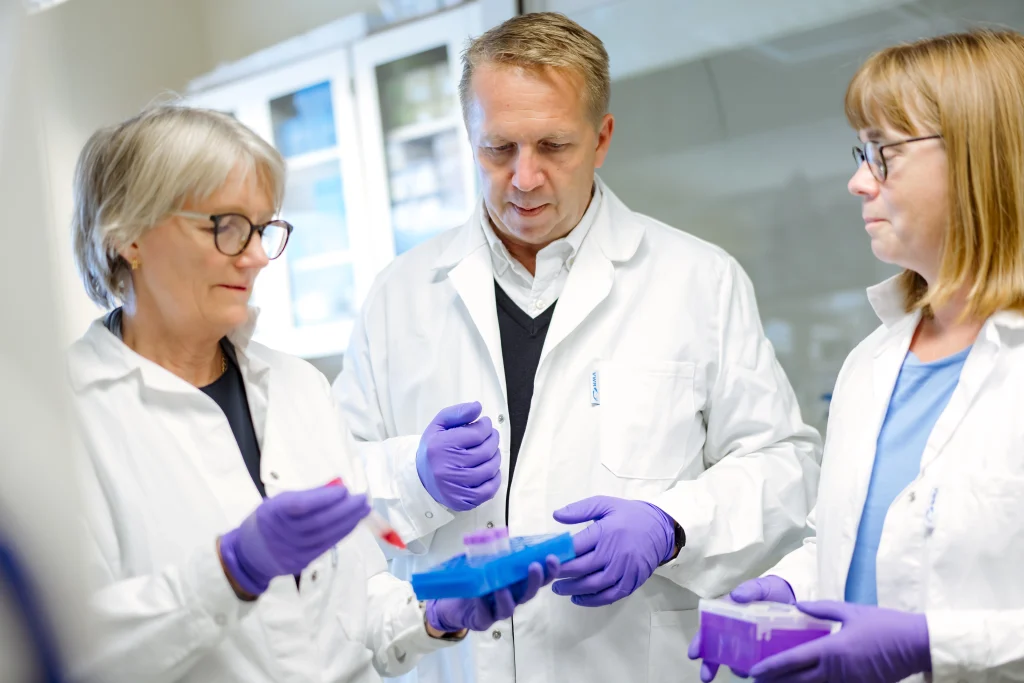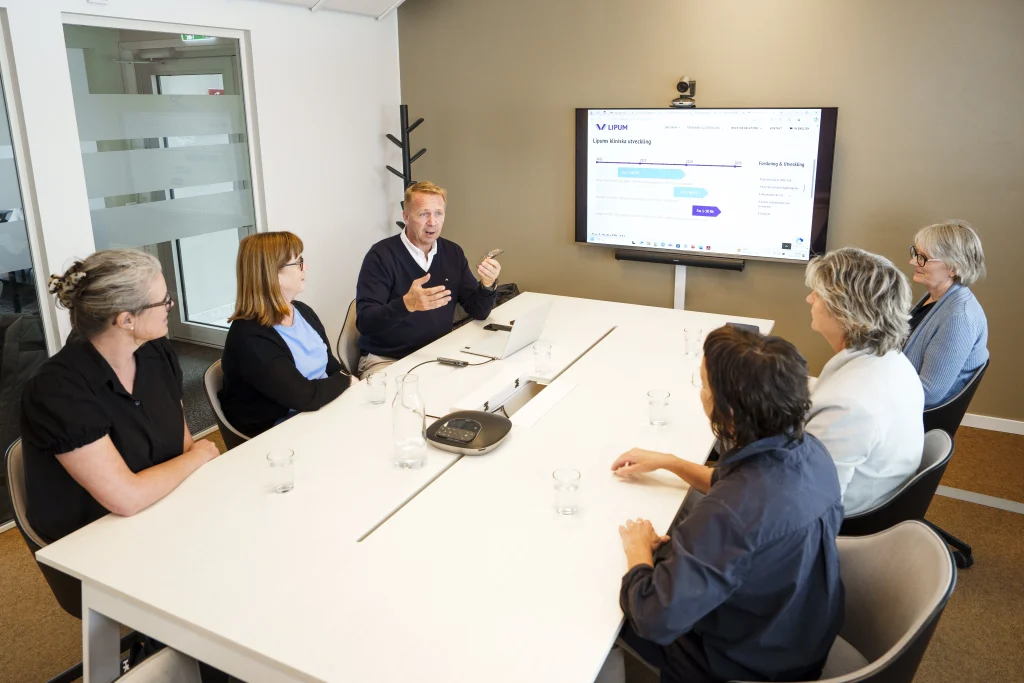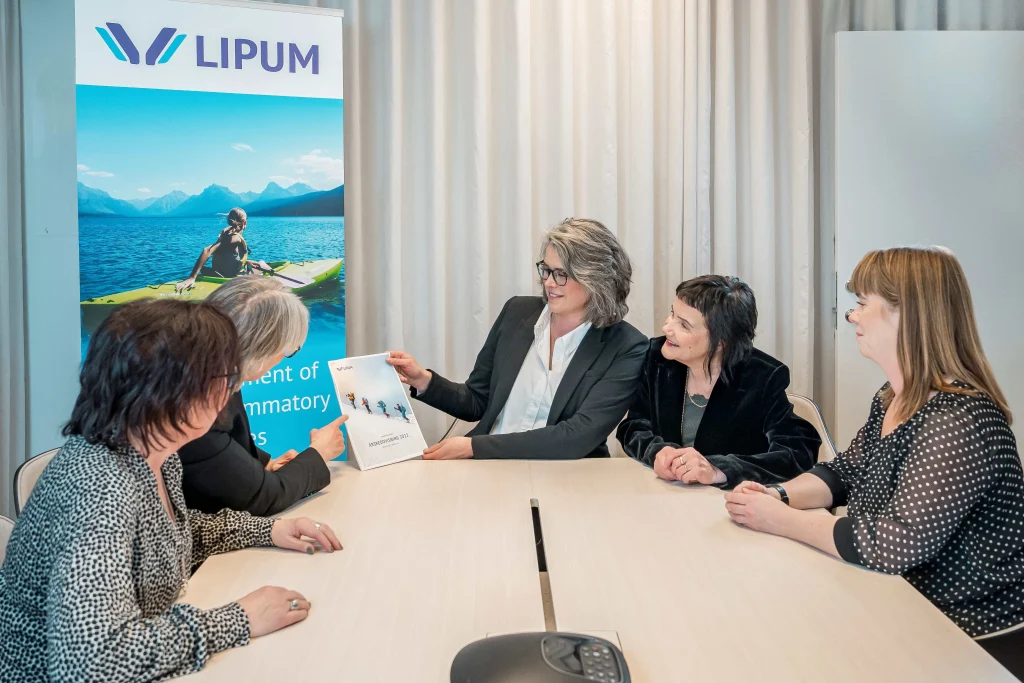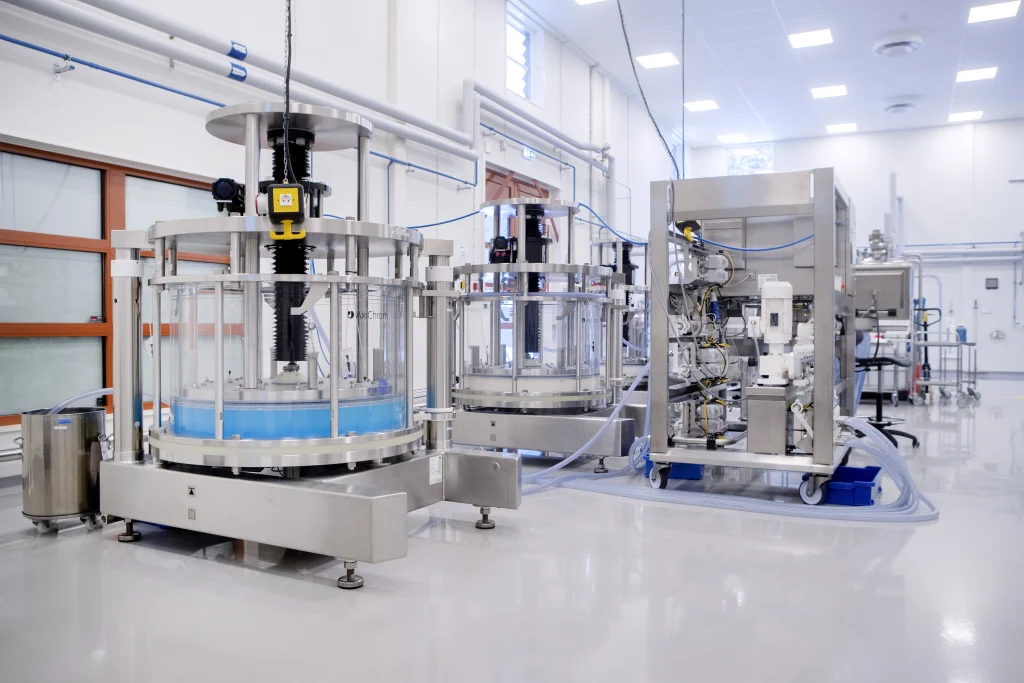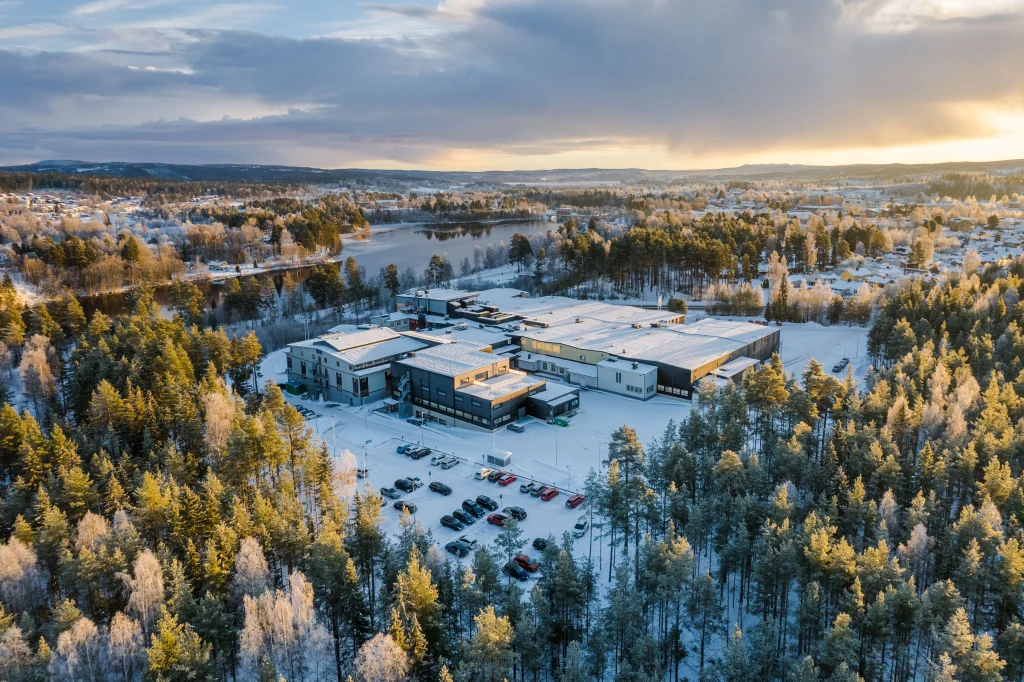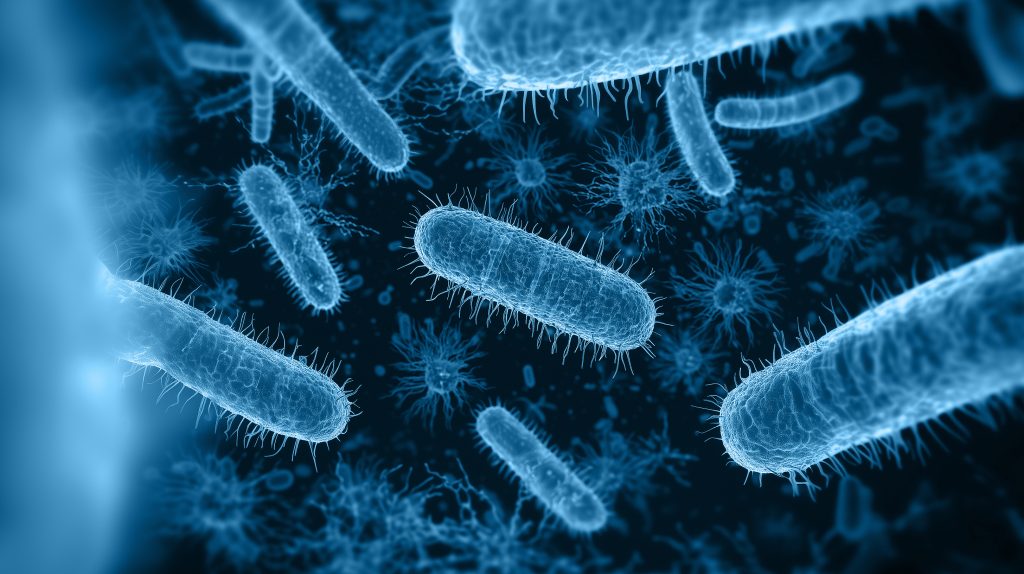The study of proteins is revolutionizing our understanding of human biology and disease. Advances in high-throughput protein analysis and AI-driven modeling are not only accelerating diagnostics and drug development but also paving the way for groundbreaking therapies and a future of fully in silico drug discovery. Explore how these innovations are transforming the landscape of biopharmaceutical science and opening new frontiers in precision medicine.
From the genome to the proteome: the rise of the human protein atlas
While genomics serves as the blueprint for human life, it is proteins that offer the most insight to help unlock our understanding of human biology and disease. Advances in DNA sequencing enabling the sequencing of the human genome in the early 2000s paved the way for new insights into proteins, which are the targets for nearly all pharmaceutical drugs and diagnostics. This critical role made the development of high-throughput protein analysis tools a logical and urgent next step.
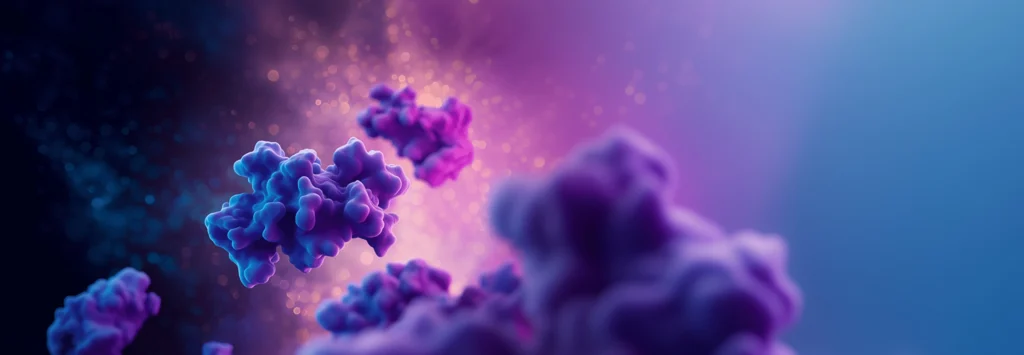
After the completion of the Human Genome Project in 2001, researchers began leveraging its findings to systematically study human genes coding for proteins. Estimated at the time to be around 30,000, already far lower than had been anticipated before the sequencing project, the number of protein-coding genes was later refined to slightly more than 20,000. Over the subsequent decade, antibodies were synthesized to bind specifically to the products of these genes. Approximately 20 new antibodies were created daily, resulting in a total of 60,000 antibodies. Alongside this, 12 million certified pathology images were generated, capturing the interaction between these antibodies and their target proteins across a range of cell and tissue samples. This massive data collection effort spanned multiple global sites, including Sweden, China, South Korea, and India, and culminated in the creation of the Human Protein Atlas.
A key challenge in this initial phase was ensuring the specificity and reliability of the synthesized antibodies. To address this, researchers generated multiple antibodies for each protein, targeting different segments to confirm binding patterns. Rigorous validation of the data was conducted using complementary genomic and transcriptomic analyses, including RNA profiling, to ensure accuracy. This meticulous process took an additional 10 years.
Today, the Human Protein Atlas stands as an unparalleled resource for the scientific community, encompassing five million open-access web pages and hosting 12 million images. It is the largest biological information repository globally and attracts approximately 500,000 visitors each month. Nearly all pharmaceutical companies and academic institutions routinely consult the Protein Atlas, making it a cornerstone for drug target identification and development.
Building on this foundation, current efforts focus on integrating artificial intelligence (AI) to model cells, tissues, and diseases. These AI-driven insights are incorporated into the Atlas, enabling other researchers to harness this data for groundbreaking discoveries. The ultimate vision is a future where drug development is conducted entirely in silico, replacing costly and time-intensive physical experiments with computational simulations. This transformative approach could dramatically accelerate drug discovery and reduce associated costs.
Predicting proteins: AI’s role in accelerating science
AI has revolutionized the prediction of protein structures, cutting the time required from months or years to mere minutes. At the forefront of this breakthrough is AlphaFold, an AI system developed by Google DeepMind, which can accurately predict a protein’s 3D structure from its amino acid sequence. The AlphaFold Structure Database, created through a collaboration between Google DeepMind and EMBL’s European Bioinformatics Institute, part of the European Molecular Biology Laboratory, an intergovernmental research organization located on the Wellcome Genome Campus near Cambridge, UK., now hosts over 200 million protein structure predictions. This open-access resource includes proteins from the human proteome alongside 47 other organisms critical to global health and scientific research. The AlphaFold Server further extends its utility by predicting how proteins interact with a wide range of biomolecules, revolutionizing scientific research by accelerating drug discovery, uncovering disease mechanisms, combating antibiotic resistance, aiding vaccine development, and advancing enzyme engineering for biotechnology applications, showcasing its transformative potential across healthcare and environmental science.
The significance of this advancement cannot be overstated. In 2024, John Jumper and Demis Hassabis from Google DeepMind, along with David Baker of the University of Washington, were awarded the Nobel Prize in Chemistry for their roles in AlphaFold’s development. The accuracy of AlphaFold’s predictions is remarkable, with validation studies confirming nearly all predicted structures. In many cases, its predictions surpass experimental data, especially for proteins with flexible regions that often cannot be crystallized for traditional analysis.
Building on this foundation, Google DeepMind has partnered with Isomorphic Labs to release AlphaFold 3, an even more advanced system capable of predicting not only protein structures but also their interactions with DNA, RNA, and small molecules, such as ligands. This next-generation tool offers enhanced accuracy, paving the way for transformative applications in drug discovery and molecular biology.
The rise of collaborative biologic databases
The Human Protein Atlas and AlphaFold Structure Database are monumental resources, but they are only part of a rapidly growing ecosystem of biologic databases driving advancements in the life sciences. Among these, the Chan Zuckerberg Biohub, a collaboration among Stanford University, the University of California San Francisco (UCSF), and UC Berkeley, has emerged as a key player. The Biohub supports groundbreaking projects and early-career scientists at the intersection of biology and engineering, with a strong emphasis on transcriptomics and single-cell analysis.
Another transformative initiative is the Human Cell Atlas, a global consortium of over 3,600 scientists working to map every cell type in the human body. This ambitious project aims to create a comprehensive 3D atlas of human cells, enhancing our understanding of biology and disease mechanisms. To date, more than 100 million cells from over 10,000 individuals have been analyzed. Similarly, the Allen Brain Atlases, developed by the Allen Institute, provide detailed insights into brain cell types, anatomy, neuronal circuits, and gene expression, offering an invaluable resource for neuroscience research.
While these databases represent remarkable technological progress, the potential of AI in this domain remains largely untapped. Current data sets, though vast, are often noisy, insufficiently quantitative, and lack the comprehensiveness needed for AI-driven applications like modeling human cells. Despite these limitations, these resources provide invaluable preliminary predictions, which are further validated through experimental approaches. Crucially, most of these initiatives are committed to open access, ensuring that their data is freely available to the global scientific community, a key driver for innovation and collaboration.
Driving innovation in protein analysis
Recent technological breakthroughs have redefined the landscape of protein analysis, providing unprecedented tools to accelerate advancements in biopharmaceutical research. Two companies, Colorado-based SomaLogic and Uppsala, Sweden-based Olink, have developed revolutionary platforms enabling next-generation blood profiling. These cutting-edge technologies can analyze thousands of proteins from just a single drop of blood, a feat once thought impossible. Emerging within the past five years, these tools have been transformative, earning the term “next-generation blood profiling” for their ability to deliver comprehensive, high-throughput protein data.
Complementing these innovations, Antibodypedia offers a vast searchable database containing over four million research antibodies targeting more than 19,000 human proteins. This resource, encompassing approximately 200 antibodies per protein, empowers researchers with a robust toolkit to study protein function, distribution, and interactions with unmatched specificity.
Together, these advancements have significantly expanded the arsenal of tools available for protein analysis. Their impact on the biopharmaceutical industry is profound, with potential implications for both diagnostics and drug development that may surpass even the transformative effects of genomics and transcriptomics. From early disease detection to precision medicine and therapeutic discovery, these innovations promise to catalyze a new era of protein-driven breakthroughs.

Decoding disease with omics and protein profiling
The integration of various omics fields, including genomics, proteomics, metabolomics, transcriptomics, and microbiomics, among others, has provided invaluable insights into human biology. A landmark study followed 100 healthy individuals over two years, collecting biological samples every three months. Using advanced technologies like SomaLogic and Olink for proteomics, along with mass spectrometry and sequencing methods, researchers analyzed thousands of data points across multiple omics layers.
The most striking discovery was the stability of blood protein profiles, which remained unique to each individual throughout the study period. These profiles exhibited remarkable consistency, changing only in response to disease onset. This finding raises pivotal questions: What defines the uniqueness of these protein profiles, and how does disease alter them?
This research highlights the immense potential of blood protein analysis in disease diagnostics and precision medicine. Proteins in the blood provide a stable yet sensitive biomarker for monitoring health and detecting early signs of disease. Moreover, the simplicity of collecting a finger-prick blood sample to simultaneously measure up to 10,000 proteins underscores the feasibility of widespread clinical adoption for both diagnostic and therapeutic purposes.
Advancing diagnostics with protein biomarkers
The growing interest in biomarkers, many of which are proteins has transformed the field of disease detection and monitoring. Biomarkers serve as indicators of disease presence, progression, or treatment response, but their clinical application has been hindered by a critical challenge: the lack of reproducibility in diagnostic tests based on protein detection assays. Despite the identification of numerous potential biomarkers, very few make it into approved and clinically viable diagnostic tools. This highlights the urgent need for advancements in protein analysis technologies, particularly those capable of detecting minute quantities of specific proteins within complex biological samples.
Next-generation protein analysis platforms, such as those developed by SomaLogic and Olink, are poised to overcome these limitations. These technologies enable the simultaneous detection and quantification of thousands of proteins from a single assay, revolutionizing diagnostic precision and efficiency. This breakthrough not only increases the applicability of biomarkers but also paves the way for more robust and scalable diagnostic testing.
Moreover, advancements in protein analysis promise to propel precision medicine forward. With the ability to detect diseases earlier, stratify patients by specific disease characteristics, and monitor the effectiveness of treatments, these tools offer a pathway to more personalized and effective healthcare. As such, next-generation protein profiling is set to redefine diagnostics and therapeutic monitoring, addressing unmet needs in healthcare with transformative potential.
Reimagining biotherapeutics via protein science
Proteins serve as the primary targets for most pharmaceuticals, making advances in understanding their roles within disease pathways crucial for drug development. The Human Protein Atlas has become a priceless tool for researchers, providing detailed insights into drug targets and potential therapeutic interventions. By leveraging its comprehensive database, drug developers, particularly small and emerging pharma companies with limited resources, can gain critical information, such as whether a protein is widely distributed throughout the body (and thus a less ideal target) or localized to a specific disease mechanism or organ, with unprecedented speed and accuracy.
The first 20 years of the Human Protein Atlas project focused primarily on healthy cells, tissues, and organs, as well as various types of cancer cells and tumors. However, its latest iteration, Version 24, launched in October 2024, now includes extensive data on proteins associated with diverse diseases. Complementing this, the newly introduced Disease Atlas, released in November 2024, covers a wide range of indications, including cancers, cardiovascular and infectious diseases, autoimmune and neurological disorders, and more. With an emphasis on blood profiling, the Disease Atlas aims to support drug development, patient stratification, therapy monitoring, and biomarker discovery.
The future of therapeutic development lies in the integration of advanced protein engineering and AI. These technologies promise to enable the creation of highly sophisticated biopharmaceuticals tailored to specific disease mechanisms. One groundbreaking example of this potential is the development of a novel drug targeting mitochondrial dysfunction. Using AI to model the metabolic functions of mitochondria, cellular organelles responsible for generating chemical energy in the form of adenosine triphosphate (ATP), researchers identified a combination therapy (comprising l-serine, nicotinamide riboside, N-acetyl-l-cysteine, and l-carnitine tartrate) designed to boost mitochondrial performance. Initially aimed at treating obesity by increasing energy expenditure, this drug showed promise for addressing mitochondrial-related diseases, including Alzheimer’s. After completing phase I and II trials, the drug has now advanced to a phase III trial, underscoring the transformative impact of AI-driven therapeutic development.
The future of protein science
With a wealth of knowledge now available on the ~20,000 protein-coding genes, their structures, functions, and the antibodies that bind to them, the ability to model diseases and develop targeted protein therapeutics has reached unprecedented levels. Advances in high-throughput protein analysis spanning the proteome, transcriptome, and microbiome are being driven by next-generation DNA sequencing technologies, particularly barcode sequencing. These innovations continue to rapidly expand the database of protein-related information, fueling new opportunities for discovery.
As the field progresses, the ultimate goal of fully in silico drug development is drawing closer to reality. This transformative approach would enable researchers to simulate experiments and therapeutic designs entirely within digital environments, drastically reducing costs and timelines. While significant challenges remain, the pace of advancement in protein science and adjacent disciplines is extraordinary, suggesting an era of breakthrough discoveries and novel therapies on the horizon.
The trajectory of protein science reflects an exciting and transformative future, where continuous innovation could redefine how we understand, diagnose, and treat diseases.
Deploying protein science at NorthX Biologics
Founded in 2021 through the consolidation of leading pharmaceutical and biological manufacturing company Cobra Biologics and a mammalian development facility acquired from Valneva, NorthX Biologics brings together decades of expertise in the production of proteins, RNA, viral vectors, and cell therapies. This integration enables NorthX Biologics to support smaller biotech companies that require strong, reliable outsourcing partners to advance their therapeutic programs.
Today, NorthX Biologics serves the global life sciences community by specializing in the development and manufacturing of recombinant proteins for both therapeutic applications and advanced non-clinical technical uses. By harnessing synergies between technical and therapeutic proteins, the company collaborates with biopharmaceutical leaders to drive innovation and growth.
At the heart of NorthX’s mission lies its Innovation Hub, a resource providing early-stage companies with state-of-the-art laboratories, advanced equipment, and access to expert scientific guidance. This model enables clients to develop efficient, scalable, and economically viable protein manufacturing processes without requiring significant upfront investments. By partnering early and focusing on process scalability and robust analytics, NorthX Biologics facilitates a seamless transition to large-scale production. The Innovation Hub also empowers the company to explore new technologies, tailor solutions to client needs, and continuously enhance its contract development and manufacturing services.
With a commitment to flexibility, scalability, and quality, NorthX Biologics leverages its legacy expertise to meet diverse client requirements. Its phase-appropriate quality systems are adapted to ensure cost-effective manufacturing at the required quality levels. By staying ahead of technological advances and fostering long-term partnerships, NorthX Biologics supports its clients from early development stages through to commercial production, delivering solutions for both technical and therapeutic protein applications. NorthX Biologics is committed to supporting innovation in therapies and technologies.
